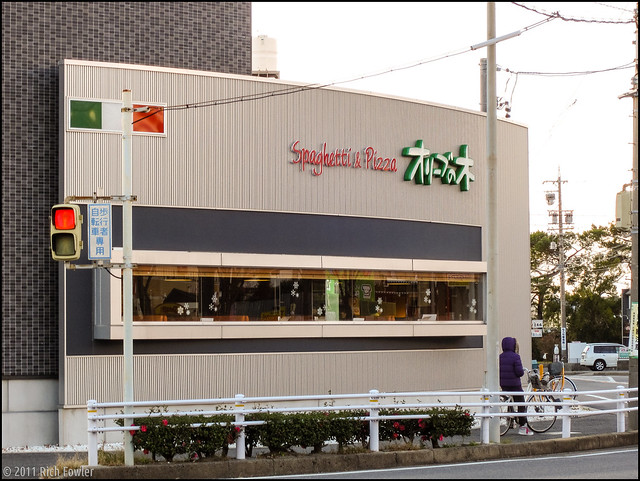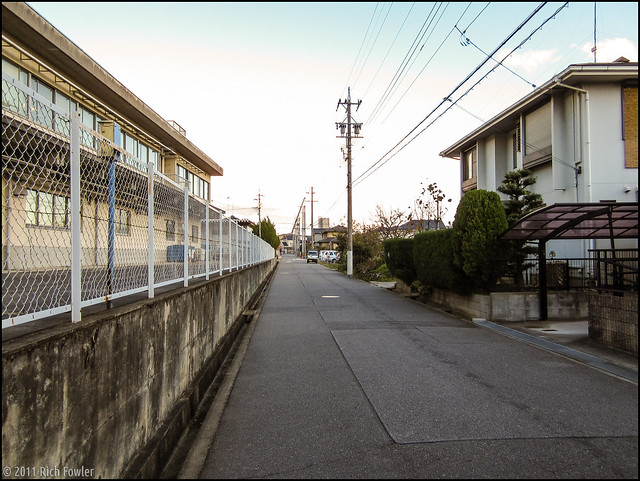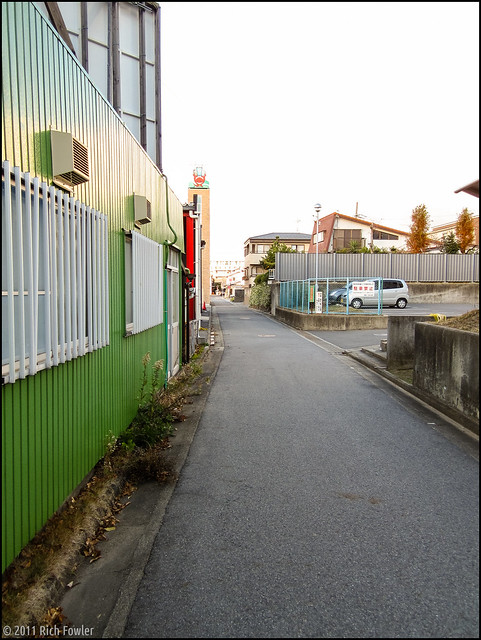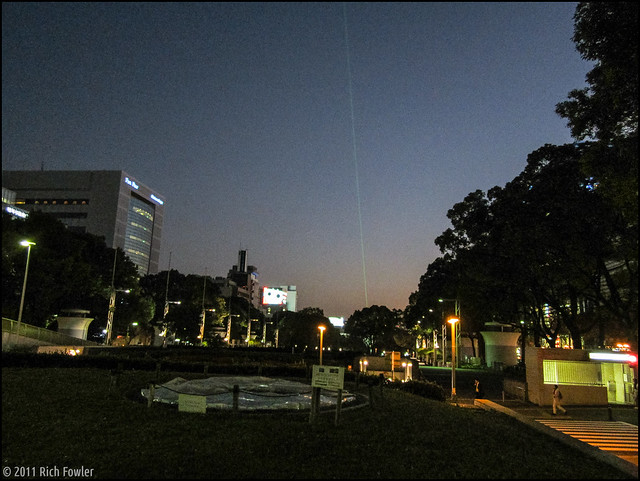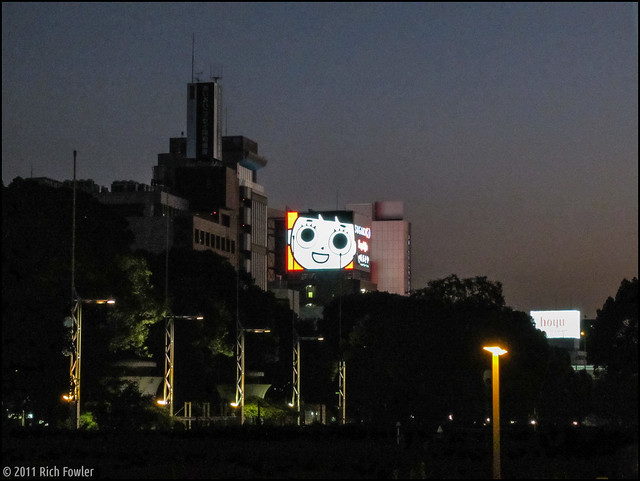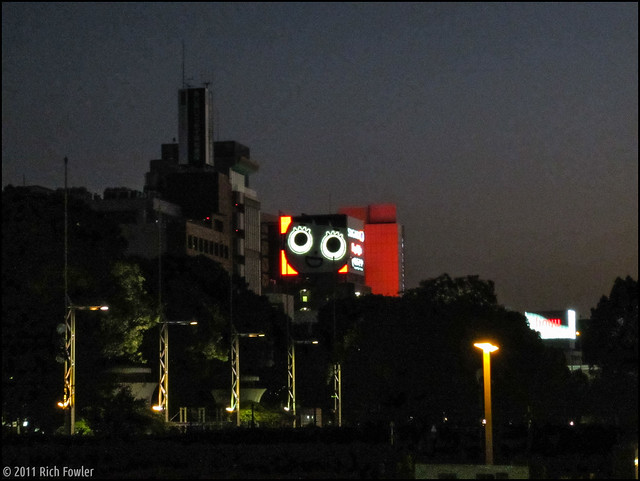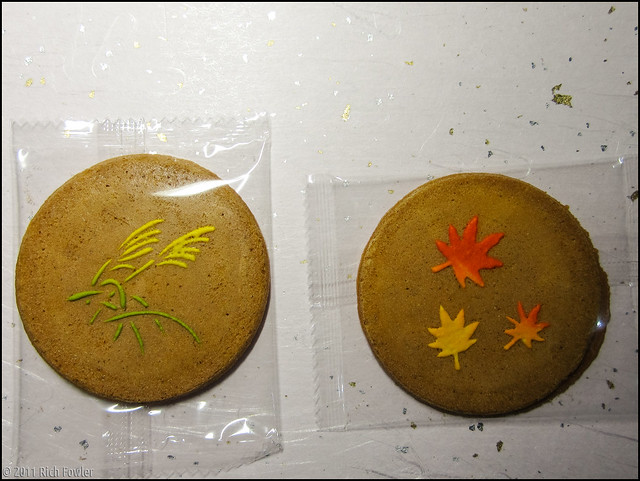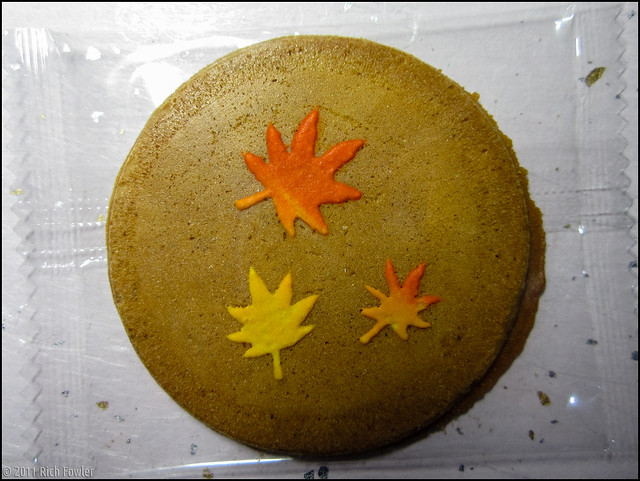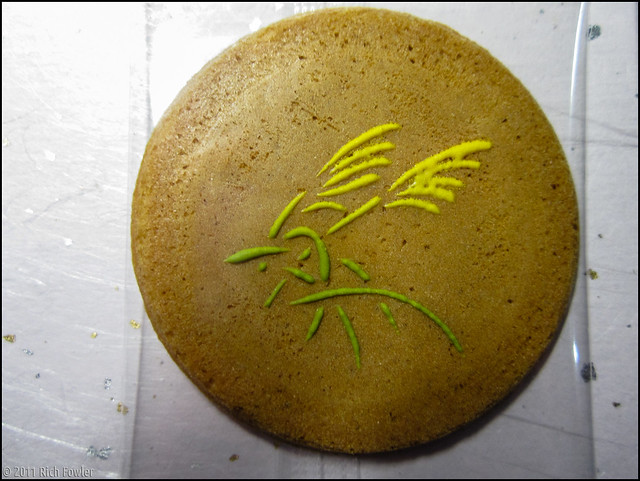Today was a whirlwind of emotions. I started out with about 3 hours’ sleep, getting up at 5:30 in the morning so I could finish packing up 2 boxes to send home. I grabbed a shower, then ran the washing machine so it would finish before I had to leave, then stripped the bed, packed the bedding into Space Bags, and stuffed all of that into a box.
By then it was 6:30. More packing, more preparations, more running around. By 8:15, the washer finished, so I hung everything up to dry, pointed the heater at the laundry, and got ready to head out the door for the last time for class. (Note: there will be a lot of “last times” in this article.)
Heading out the door for class, one last look at the apartment area:
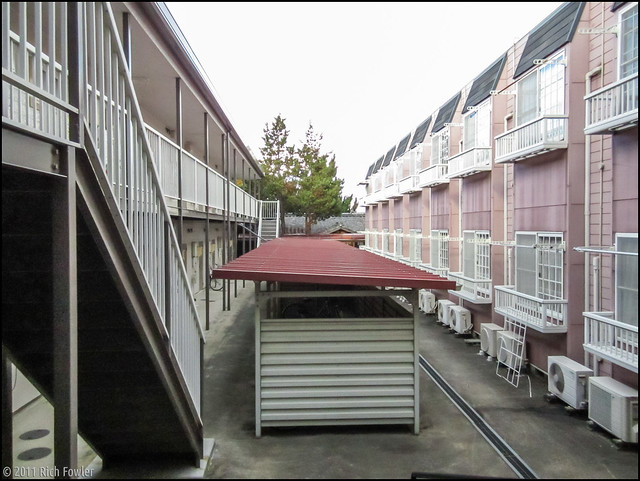
A shot of the 248 intersection on the way to class:
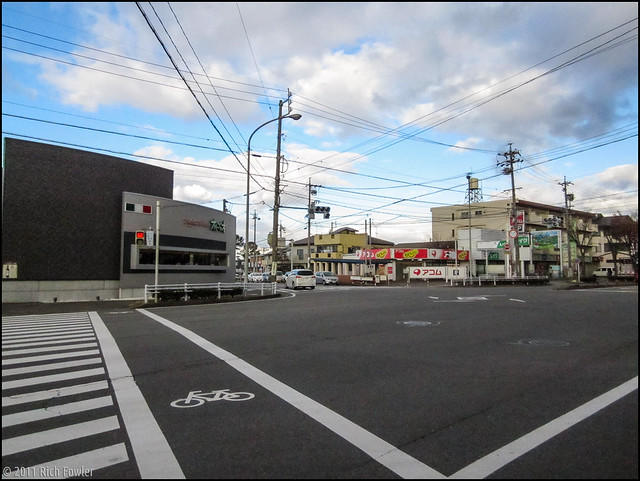
When I got to class at around 8:55, I was the only person there. It was kind of sad, because usually it’s pretty lively at that time.

By 9:00, it was just me, M-sensei, and K-san. That was pretty much it for the start of class. People started to trickle in, but nobody was really in the mood to race to class today, probably because exams were over, and today was just a day to goof around before the end of the semester ceremony and all of the goodbyes.
We watched a video where a guy with a camera stalks a girl who stalks a pizza delivery guy who stalks another girl who winds up murdering the camera guy because he was stalking the first girl instead of her, so she became jealous. It was actually pretty well done. The actress who played the girl who stalks the pizza guy was very good. Her clumsiness came through really well, and she just flat out made me laugh with her physical comedy.
Anyway.
By the end of the video, we had seven people out of eleven. Not bad. Then we moved on to making 年賀状 (ãã‚“ãŒã˜ã‚‡ã†) nengajou, or end of the year post cards everyone sends out to each other to thank them for everything they did last year, and hope that they treat them well again next year. So we made one each.
Usually, you pick a theme based on next year’s Chinese zodiac sign. Next year is the year of the dragon, so dragons in general are pretty big these days. Mine wasn’t the most complex, to be honest. I wish I had thought to bring my brush pen. Doh.
We got our grade reports. I did okay. I got a B overall. I’m pleased, considering all the work I had to put in. (And all of the traveling I did on the side!)
Class Dismissed!
Then it was time for the end of term ceremony, which was held in Aoi Hall, where I usually ate lunch when I would just grab something at Domy. It was the home to my favorite vending machine. It was the kind that would squirt your selected drink, be it hot or cold, into a paper cup. I’ve always had a soft spot for those machines.
Anyway, on to the ceremony. The deal is that a student who is leaving gets a certificate showing all of his/her hard work, and then that student has to give a speech to the assembled crowd.
Yes, a speech. I found out about this on Wednesday. Some people prepared theirs, I didn’t. Why? Simple. I had no time!
So we started with the 101 class, and slowly worked our way to 201B.
Thank You!
Then it was my turn. Fortunately, V-san recorded it for me, because now I don’t have a very good recollection of what the heck it was that I said. I do remember thanking the staff, my teachers, S-Sensei and K-Sensei. I also thanked all of the JBPP people as well.
I wanted to thank everyone who helped to make me so much better at Japanese than I was when I showed up here with my language skills in total disarray. My skills are still a bit of a mess, but now I can hold down a conversation without fear, and that’s a huge deal for me. I have a feeling that I know where to start.
Thanks to Yamasa and the people that make it a great school. You are all incredible people who do something wonderful for us who come from thousands of miles away to ask you stupid questions, and you answer them patiently and graciously.
As I stared out at all of the people I had gotten to know over such a long, yet short period of time, it all felt a little bit surreal, and my mind kind of wandered. I looked over and saw Z-san, and the first thing that I thought about was all of the fun we had in JBPP, and the class we just had on talking about nothing. So I talked about it briefly. That class was a lot of fun in particular. The JBPP gang was great. I’m going to miss them.
I don’t remember how exactly I wrapped it up, but I’m sure I used proper keigo. Lord, they’ve been trying to drill it into my head for the last three months, so I hope it has stuck a bit by now.
Then we all got together for a few group shots, and talked a bit.
The After-Party
By then, the rest of the class had decided to show up, and we all headed in the general direction of Olive Tree, which is an all-you-can-stand-to-eat Italian restaurant at the corner of highways 248 and 483.
The deal there is simple– you put a little sign on your table, and a lady brings you a slice of pizza until you can’t stand it, then you turn the sign around. You can also get a spaghetti dish, salad, drink and dessert. So we did.
Unfortunately for P-san, most of the pizzas were tuna, tuna and corn, and other seafood varieties. (She hates seafood.) Then again, I’m not fond of it on my pizza either, but I was starving, so I ate it anyway.
So we ate, and ate, and ate, and generally horsed around until about 2:30, then the farewells started. Ugh. That round was harsh.
Everyone was getting all misty-eyed.
It was sad to say goodbye to everyone, because I don’t know if/when I’ll see them again. Hopefully we can get together online. That would be awesome.
Leaving Yamasa, Leaving Okazaki.
I had to go to Kurita for one last bundle of tape, so I did that, then decided to stop by campus to say goodbye. I dropped in and said goodbye to the CS staff and the teachers, M-sensei in particular, who was so very patient with me. I took some photos of the Yamasa campus.
Yamasa II, where we had class, and where all of the offices are:
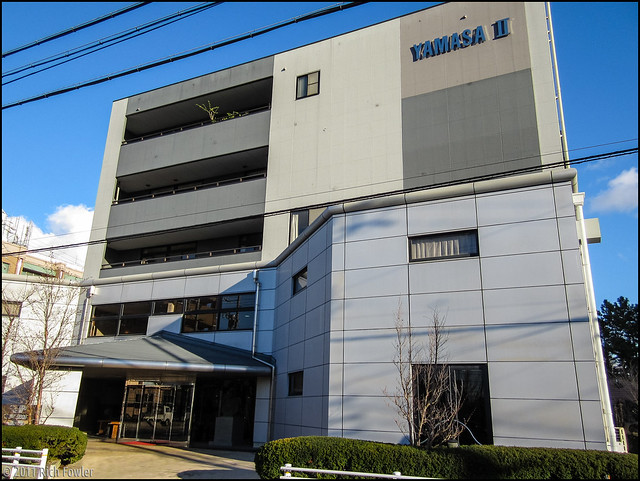
Aoi Hall and the building on the left, where I had JBPP classes:
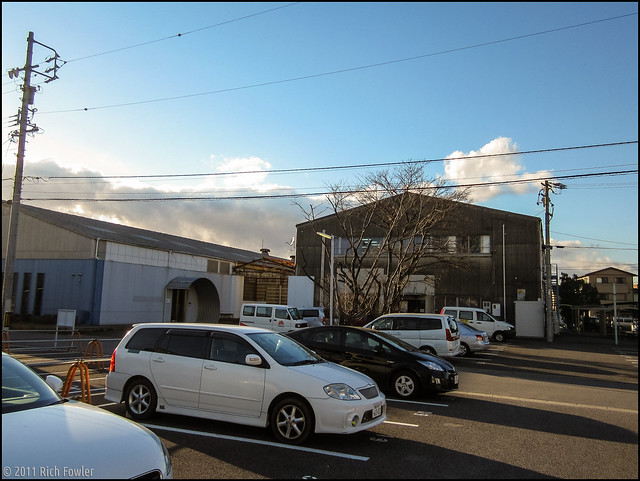
Another shot of Aoi Hall. FM Okazaki in the front:
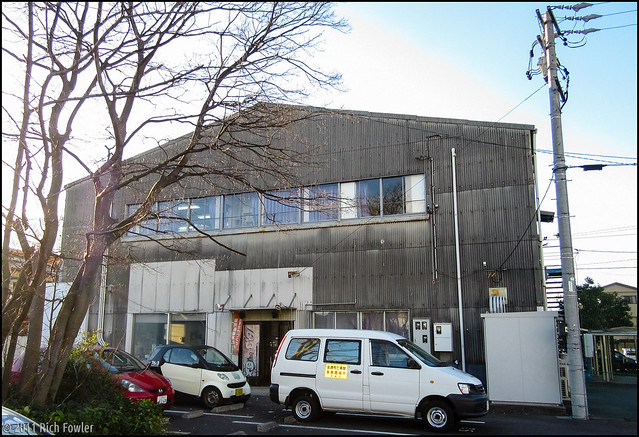
It’s not a pretty building on the outside, but it’s nice inside:
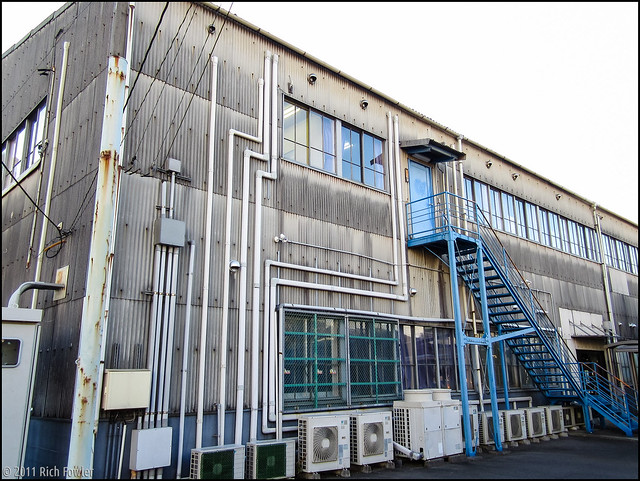
Kitsutsuki, the cafe/restaurant where I had a lot of lunches. Get the A set. Can’t go wrong!
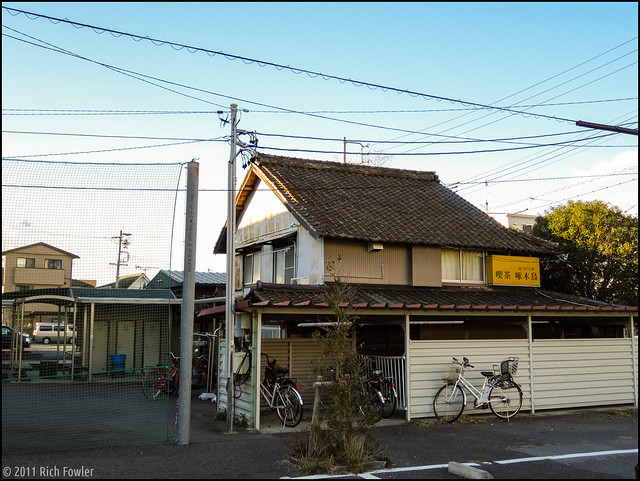
ZigZag, a warm, friendly little bar with the cheapest Guinness Stout in Japan:

Then I made the lonely walk back to the apartment to finish packing and get out.
One last look at Yamasa II as I head back to the apartment:
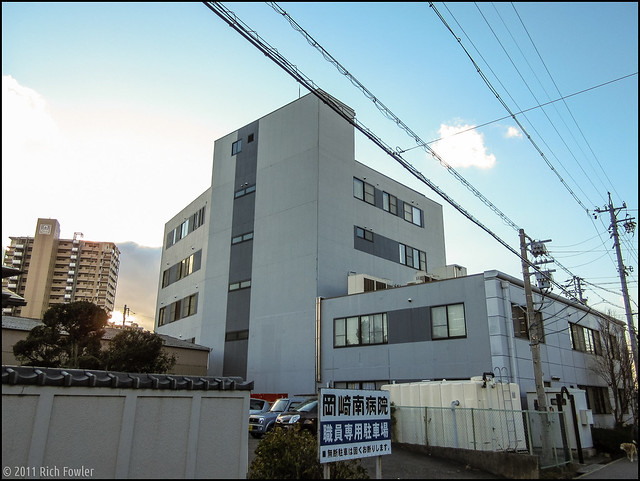
The rice field I saw every day:
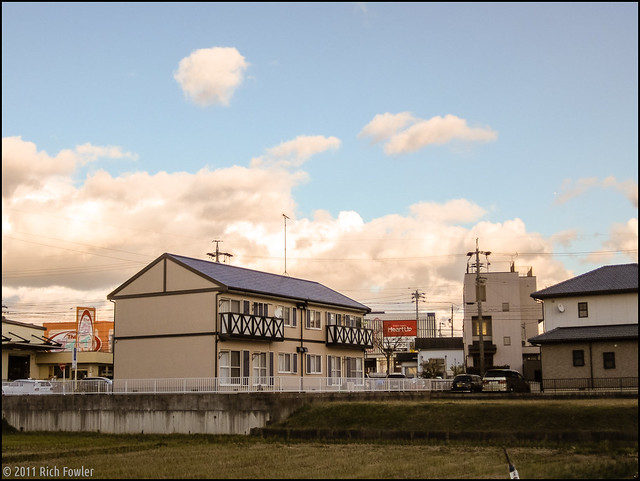
I loved the way this shed looked:
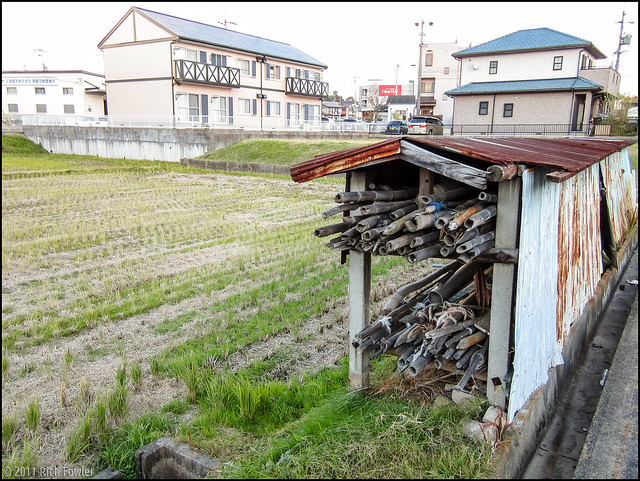
The snapping turtle restaurant I mentioned before. I never did eat there:

The Daiso: land of 100 yen cheap things:
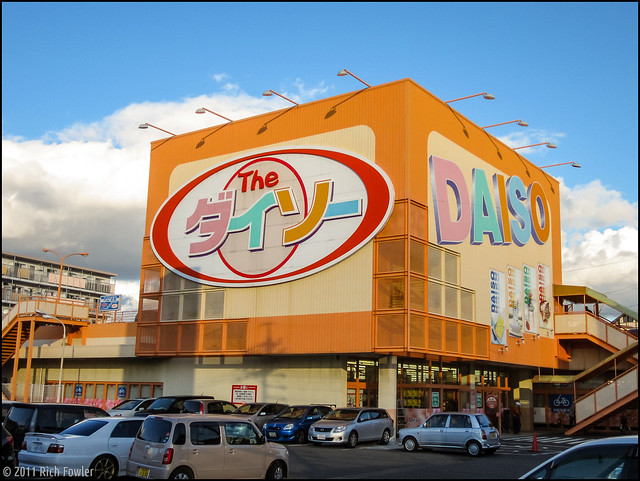
I had to climb this hill every day by bicycle. It was never that much fun:
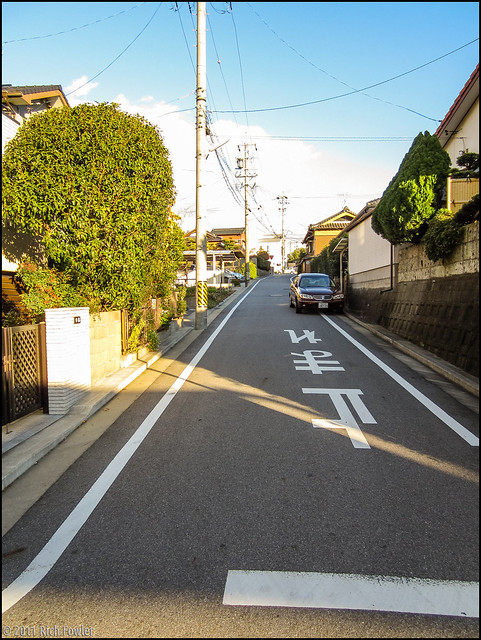
And the apartments are just up ahead on the left:
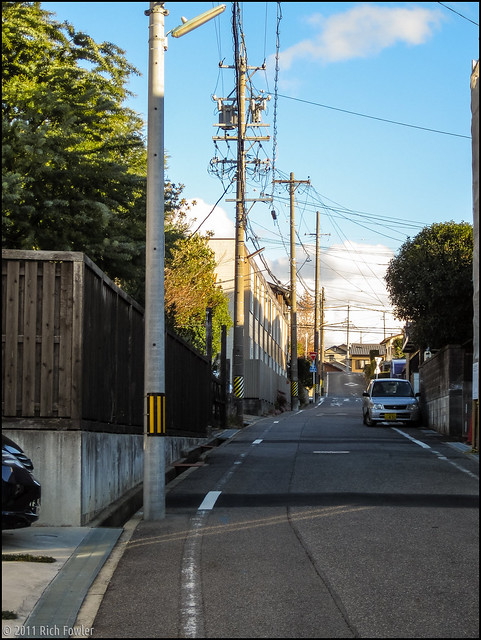
Frantically Fleeing
I got the last packages ready at around 6 pm, then called a cab to come take me to the post office. That’s five packages going by boat to home, total. Yikes.
When I got back, I made a quick video of the apartment before I left, then I called another cab to take me to the station.
This time, I got my tickets to Tokyo at the JR Okazaki station office. I did it all in Japanese, and it saved me a bunch of time.
I went to the platform with my insanely heavy luggage, and had a brainfart. I saw a train getting ready to leave and instinctively jumped on it. It looked a little different than the usual limited express, but I wasn’t thinking straight. I was flustered and full of emotions from the day, and that doesn’t always lead to good outcomes.
The train lumbered out of the station, and the next station was a station I’ve never gone to before.
Uh-oh, it seems that I had gotten on the local.
Arrrgh!
I rode it a few stops to Anjo, and grabbed the usual limited express to Nagoya. I had to hurry, because I didn’t want to miss my shinkansen to Tokyo! It was going to leave soon, and I was stressing a bit.
Back in Tokyo.
I got to Nagoya safely, and didn’t really have time to do much more than get to the Shinkansen platform and buy a bento for the ride to Tokyo.
I got on the train, and there wasn’t any good place to put my luggage. Fortunately, I was in the front row by myself, so I sat there with my luggage the whole way to Tokyo.
FYI, sitting with your giant suitcases is not fun. Please, pack light!
I was moving, so packing light wasn’t really an option for me.
I got to JR Shinagawa at around 10:30 or so, and I knew I needed to hustle to get to Shinjuku before the trains stopped running. So I lugged all of my heavy crap with me through the station to the Yamanote Line platform. It was Friday night, and it was packed.
That was an unpleasant ride where I got some unhappy looks. I know that backpacks are generally frowned upon on the trains here, but I didn’t have much of a choice. So I beared with it.
I got to Shinjuku, and made it to my usual hotel, the Hotel Sunroute Shinjuku. I love this hotel. They have saved my bacon a few times.
I stopped by a conbini for dinner, then passed out.
